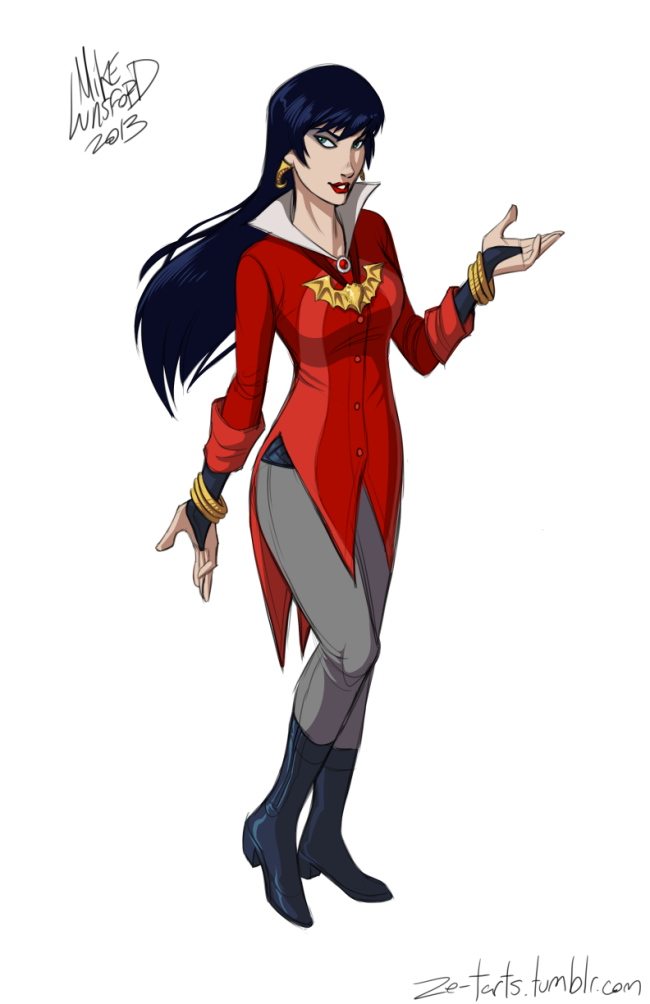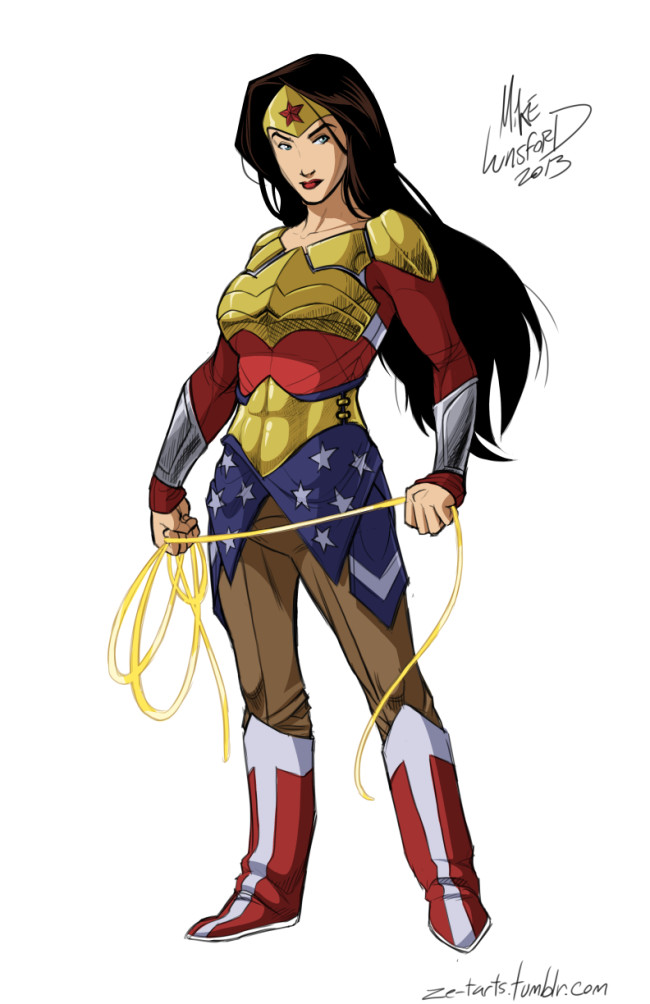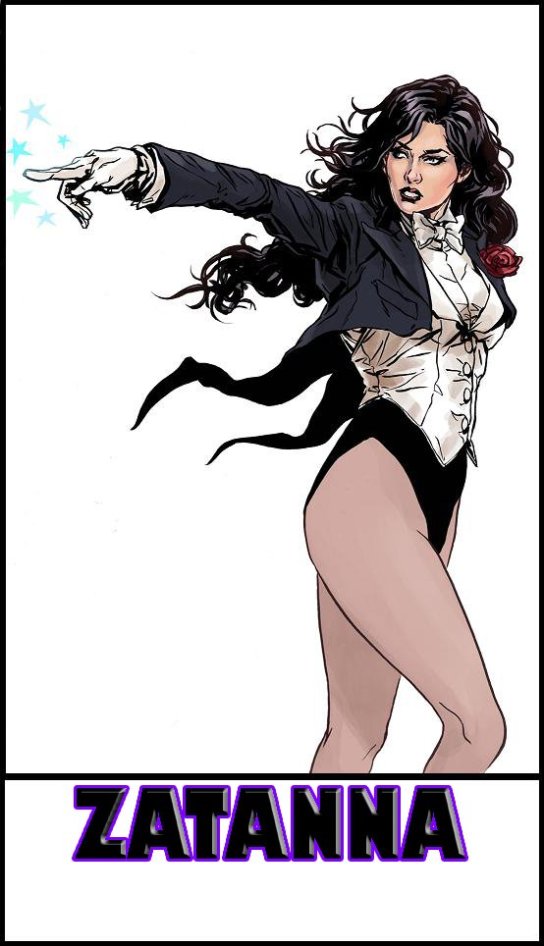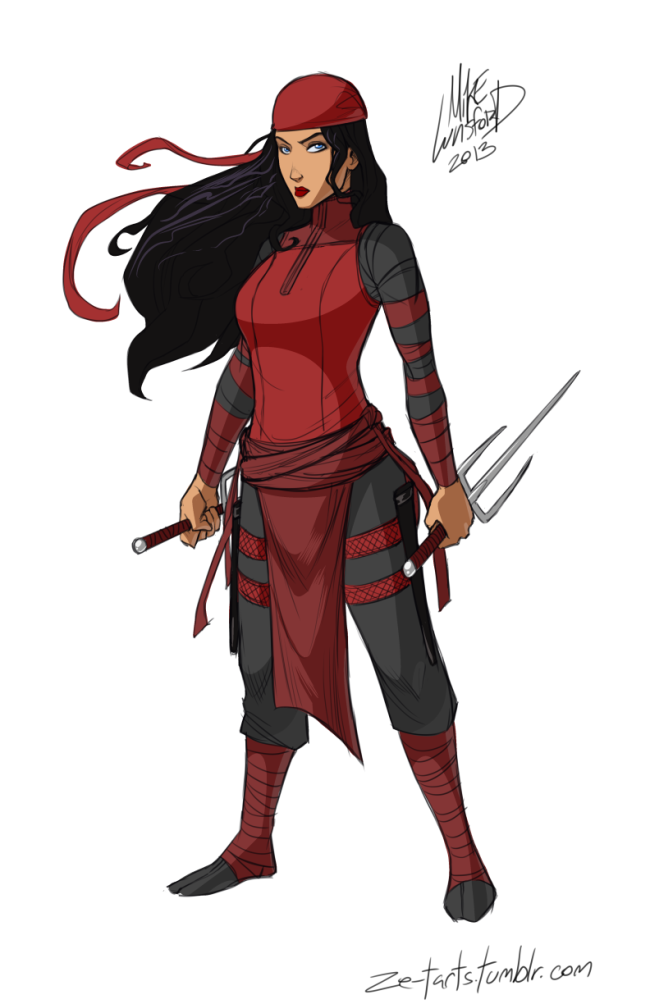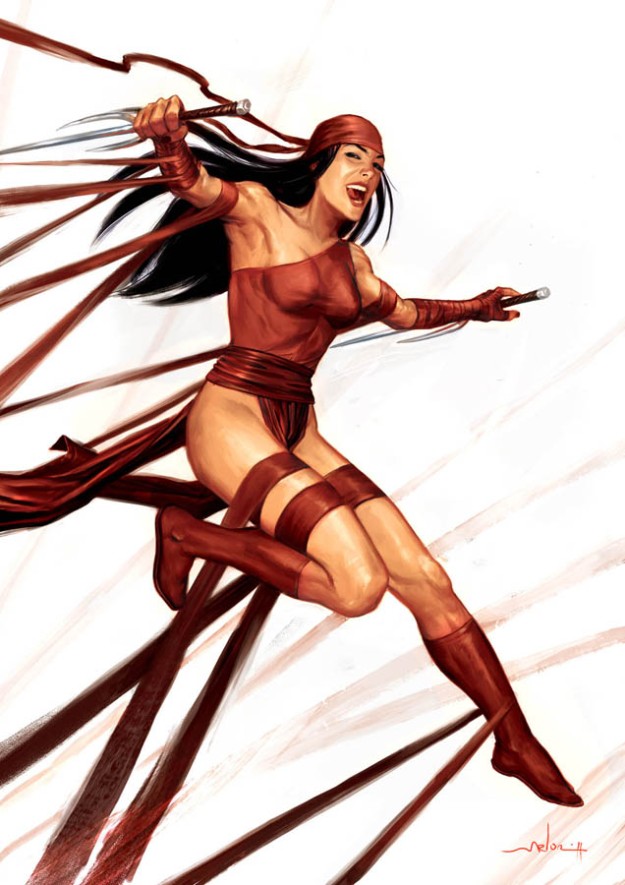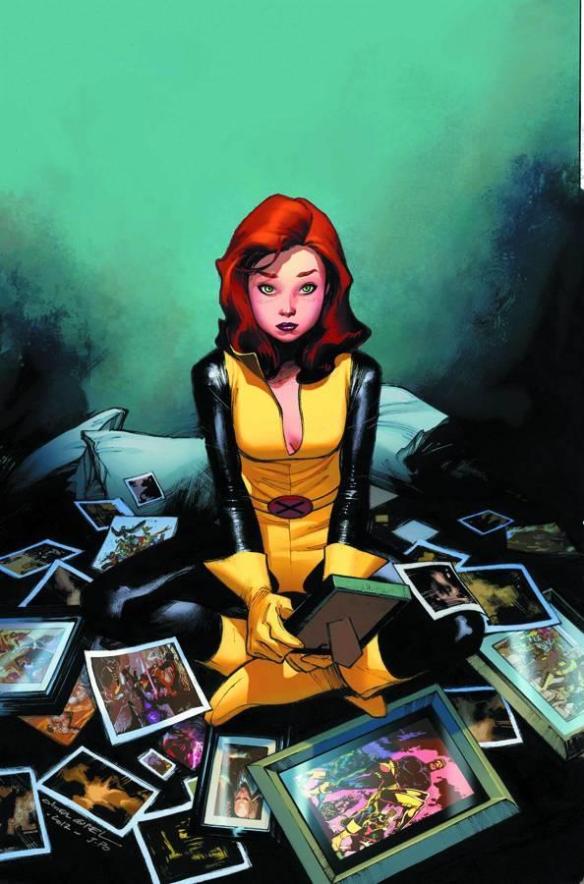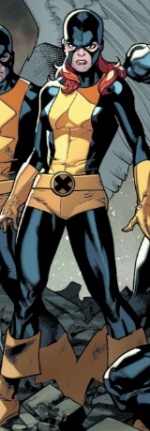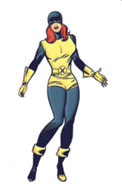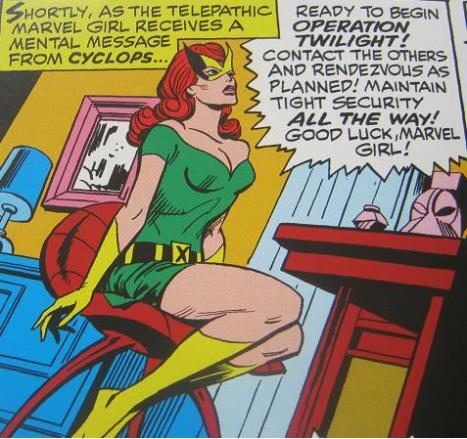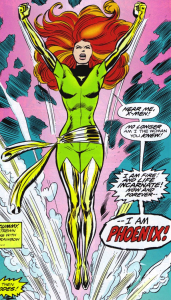
In Swamp Thing #18 by Scott Snyder and Yanick Paquette, Abigail Arcane evolves to become the Avatar of Death. An avatar is defined as a deity in bodily form on the earth. Through her acceptance of this role, she becomes one of the most dynamic and courageous women in comic history. I would like to take a moment to compare Abigail to another Queen of the Underworld, Persephone. Fair warning, if you’re not caught up on Snyder’s complete run, this contains *spoilers.*
The mythological tale surrounding Persephone’s coronation as Queen of the Underworld begins with her abduction. As the daughter of Zues and Demeter (goddess of the harvest) she spent the early part of her life surrounded by nature. One day, she was alone in a field when the earth cleaved and Hades (god of the underworld, and brother of her father) appeared in a fiery chariot. He then grabbed the maiden goddess and returned to the Underworld.

 Let’s look at the parallels so far. Abigail was born into a lineage connected with the rot, while she is not the daughter of the king of the gods, her family tree does seem a deciding factor in regard to the role she will play in the future.
Let’s look at the parallels so far. Abigail was born into a lineage connected with the rot, while she is not the daughter of the king of the gods, her family tree does seem a deciding factor in regard to the role she will play in the future.
Her uncle, Anton, is similar to Hades. He is connected with death, and serves as her connection to it as well. He also takes her against her will to be his queen early in this series It seems the same thing might have happened when she was younger, to a lesser degree.
Now back to our story. During Persephone’s time in the underworld, her mother, Demeter, is heartbroken. She wanders the earth looking for her daughter, during this time no crops grew, famine and hunger were widespread and the crops rotted in the field. Demeter refused to let plants grow while Persephone was missing.
This might be a stretch, but the takeover of the rot after Abigail’s death might have ties to this part of the myth. Here’s where things start getting tricky, lets talk seeds.
 While Persephone is in the underworld with Hades, she eats a handfull of pomegranate seeds. Zeus commands Hades to set her free, so that her mother, Demeter, will allow the fields to bear crops and the people of earth will not starve. Hades agrees, and Persephone is released. When her mother realizes that she has consumed the food of the underworld, she is heartbroken. By eating the food of the dead, Persephone unwittingly bound herself to the underworld. Because of this she must return to the underworld for a few months (sometimes three sometimes six depending on the text) each year to reign at Hades’ side
While Persephone is in the underworld with Hades, she eats a handfull of pomegranate seeds. Zeus commands Hades to set her free, so that her mother, Demeter, will allow the fields to bear crops and the people of earth will not starve. Hades agrees, and Persephone is released. When her mother realizes that she has consumed the food of the underworld, she is heartbroken. By eating the food of the dead, Persephone unwittingly bound herself to the underworld. Because of this she must return to the underworld for a few months (sometimes three sometimes six depending on the text) each year to reign at Hades’ side

Now you might say I am comparing apples to oranges (or pomegranates to orchids) but do you recall one Dr. Alec Holland sneaking something into Abbie’s peaches? He slipped her a few orchid seeds before she was transformed to become the Queen of the Rot by Anton Arcane and his minions. In this case, the seeds became an agent of life, growth, and resurrection. The seeds help pull Abigail back from the darkness. They still act as the force negotiating her ties to life and death. We begin to see a schism in Snyder’s work and the mythic text here. It’s no longer a perfect mirror, but an evolution of this story that has stood the test of time.
While Persephone served her time in the Land of the Dead, her mother mourned. During this time there was no growth on the land. The winter months were a time of rot on the earth. This myth serves to explain the seasonal changes that ancient humans experienced. While the similarities are obvious the contrasts between Persephone and Abigail make a beautiful comment on power and agency.
 Firstly Abigail is not a queen, defined as the wife or widow of a king; she is an avatar, a god made flesh. She briefly bore the title of queen, which was forced upon her against her will. She was a beastly terror, no part of her personality or essence remained. Though she retained power, her consciousness was all but absent.
Firstly Abigail is not a queen, defined as the wife or widow of a king; she is an avatar, a god made flesh. She briefly bore the title of queen, which was forced upon her against her will. She was a beastly terror, no part of her personality or essence remained. Though she retained power, her consciousness was all but absent.
This is a powerful statement, as the queen, an extension of the king; her power could only serve as an extension of his. All of the qualities that made her remarkable disappeared. Persephone was a queen, who indeed retained little agency. Both the decision to take on the position, and the actual ruling of the Land of the Dead were out of her hands. It was a position of submission, even as a goddess she was unable to escape her fate or change her circumstances.
Abigail’s episode as Queen of the Rot much more closely resembles the Persephone myth. In her second encounter with Anton she turns the tables and becomes something completely new.
 Abigail goes looking for Anton. Because of her love for Alec, and her commitment to balance in the world. She knows that he is evil, and that he must be stopped at all cost. Unlike Persephone she is not captured while looking the other way. She goes pursues her destiny, despite her trepidation, because she believes it is the right thing to do.
Abigail goes looking for Anton. Because of her love for Alec, and her commitment to balance in the world. She knows that he is evil, and that he must be stopped at all cost. Unlike Persephone she is not captured while looking the other way. She goes pursues her destiny, despite her trepidation, because she believes it is the right thing to do.
 This confrontation costs her her life. Through the intervention the Parliament of Decay, Alec is able to intervene and give her a second chance at defeating her uncle.
This confrontation costs her her life. Through the intervention the Parliament of Decay, Alec is able to intervene and give her a second chance at defeating her uncle.
 Also, Abigail is given the opportunity to willingly accept her role as avatar, while Persephone was never given the same chance as Hades’ queen. It seems that both Abigail and Alec were destined for the roles that they play as avatars and for one another. Ultimately it is their choice to accept these roles that gives them their power.
Also, Abigail is given the opportunity to willingly accept her role as avatar, while Persephone was never given the same chance as Hades’ queen. It seems that both Abigail and Alec were destined for the roles that they play as avatars and for one another. Ultimately it is their choice to accept these roles that gives them their power.
Another interesting feature of Snyder’s version of this story is the inversion of traditional gender associations. Swamp Thing, Alec Holland represents the traditionally feminine aspects of nature, the life-giving forces. Conversely, Abigail Arcane is associated with death and destruction, extensions of the traditionally masculine pursuits of war and nation-building, and also the binary opposite of feminine life-bringing traditions.

Abigail and Alec shed their human bodies, becoming fully identified with life and death. The love that sustained them and gave them the strength to become what they have become loses any chance for unity, as they now represent one another’s destruction. Where life exist, death cannot be; and where there is death, life stops. They have become a paradox, both depending on one another and repelling each other by their very nature.

While Persephone is a victim, Abigail is triumphant. She accepts her fate, ask for her power and ultimate emerges as the victor. Persephone’s tragedy is her powerlessness. Abigail’s tragedy is that of a Capulet without a dagger. She cannot uncross the stars. For a pair like this, that could be a fate worse than death.

Follow me on twitter @comicsonice
Tags: Abigail Arcane, Alec Holland, Comic books, comics, comicsonice, DC Comics, drama, entertainment, Feminism, literature, Mythology, Persephone, Scott Snyder, Swamp Thing, Women in comics, women in refrigerators, Yanick Paquette
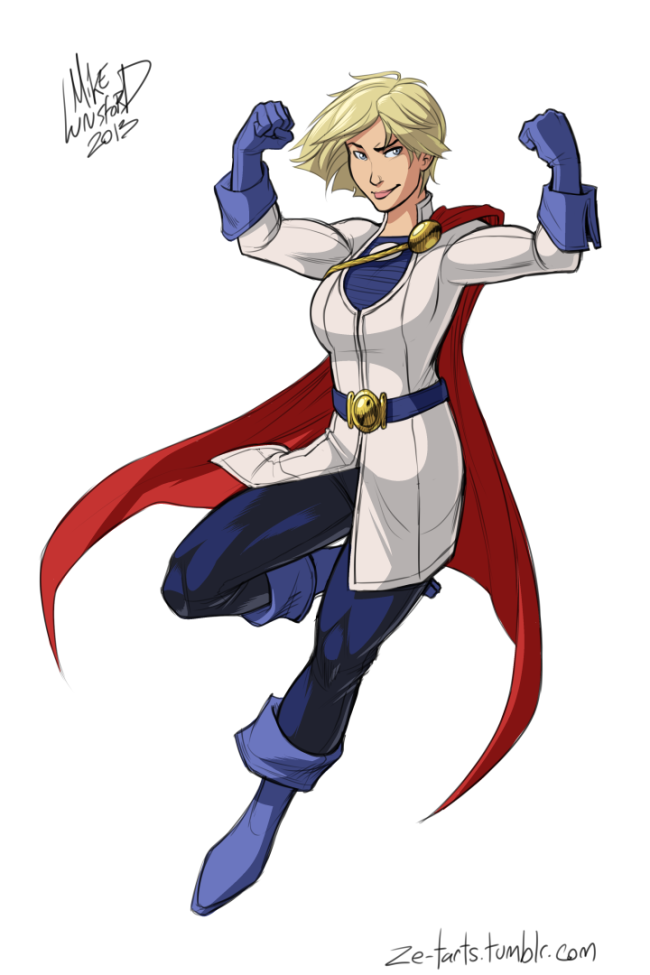

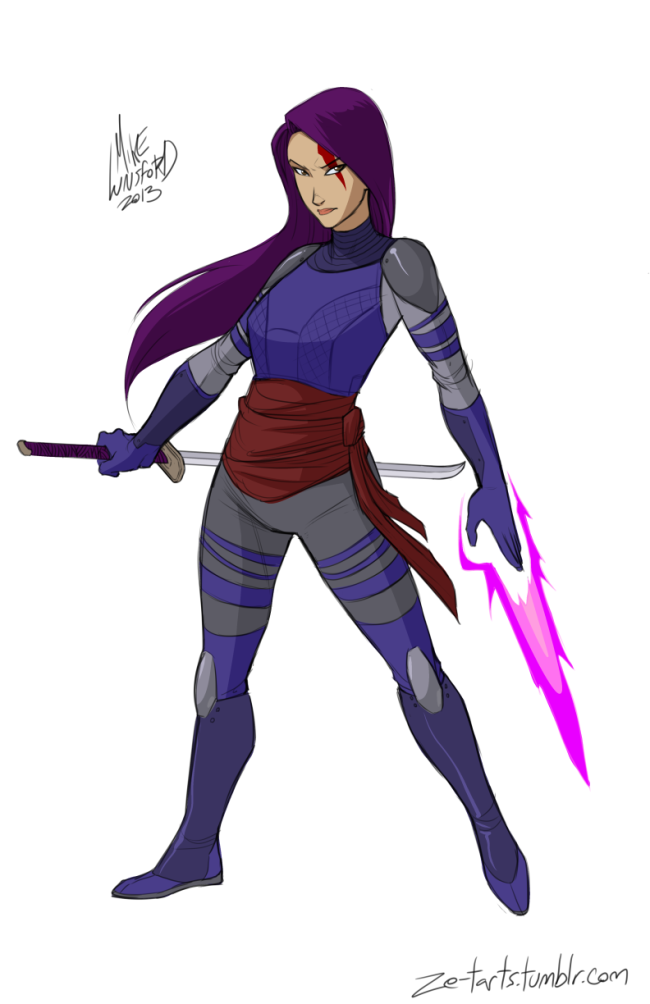
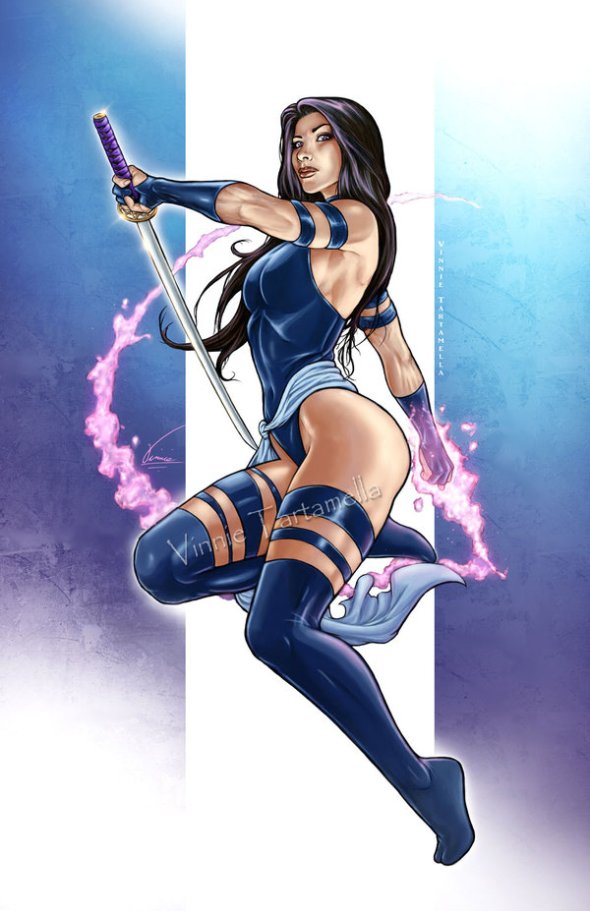
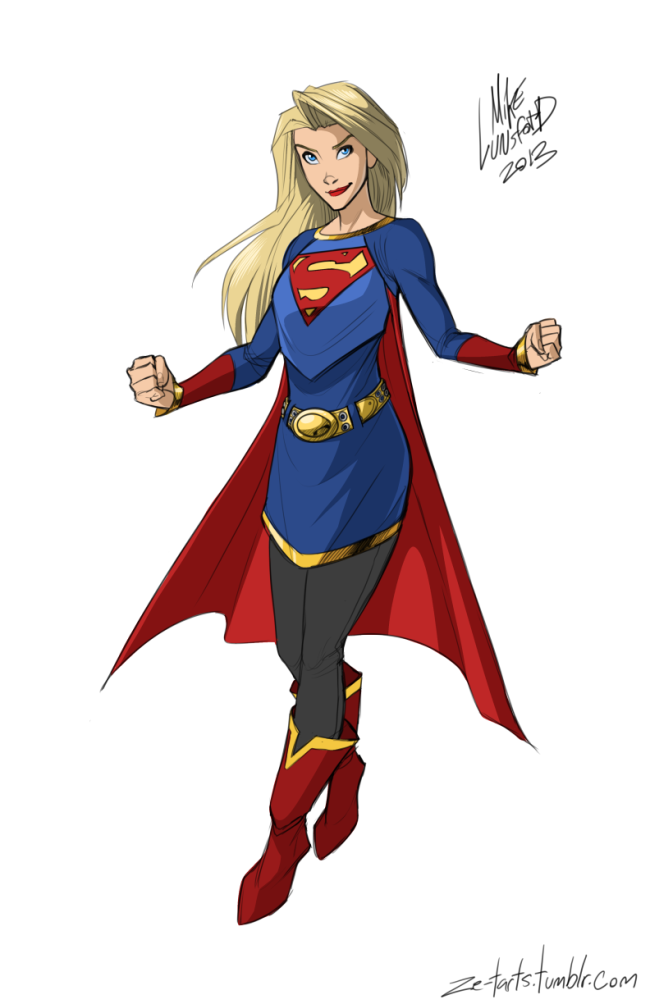
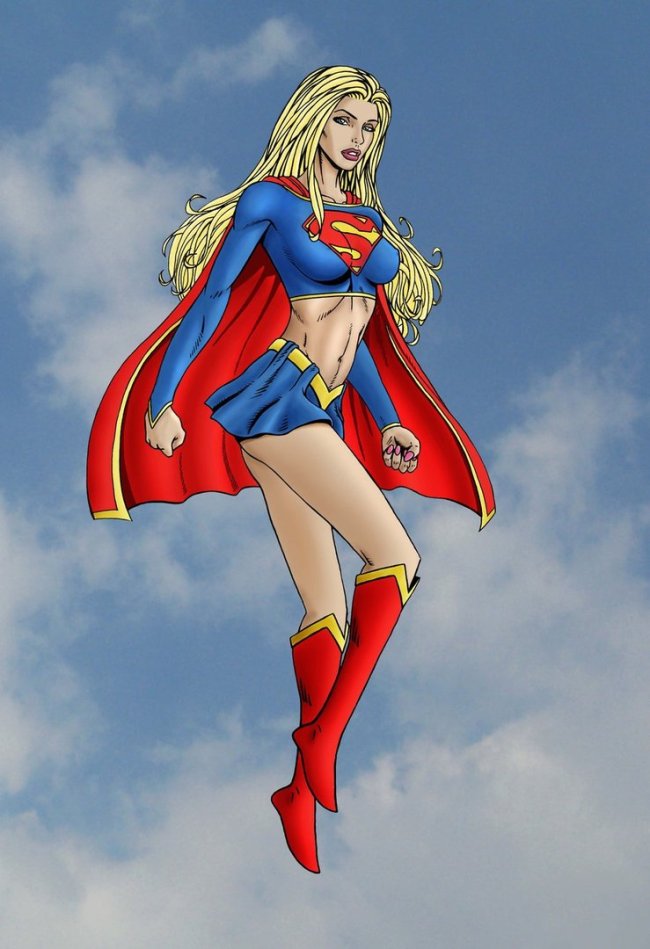 Vampirella
Vampirella